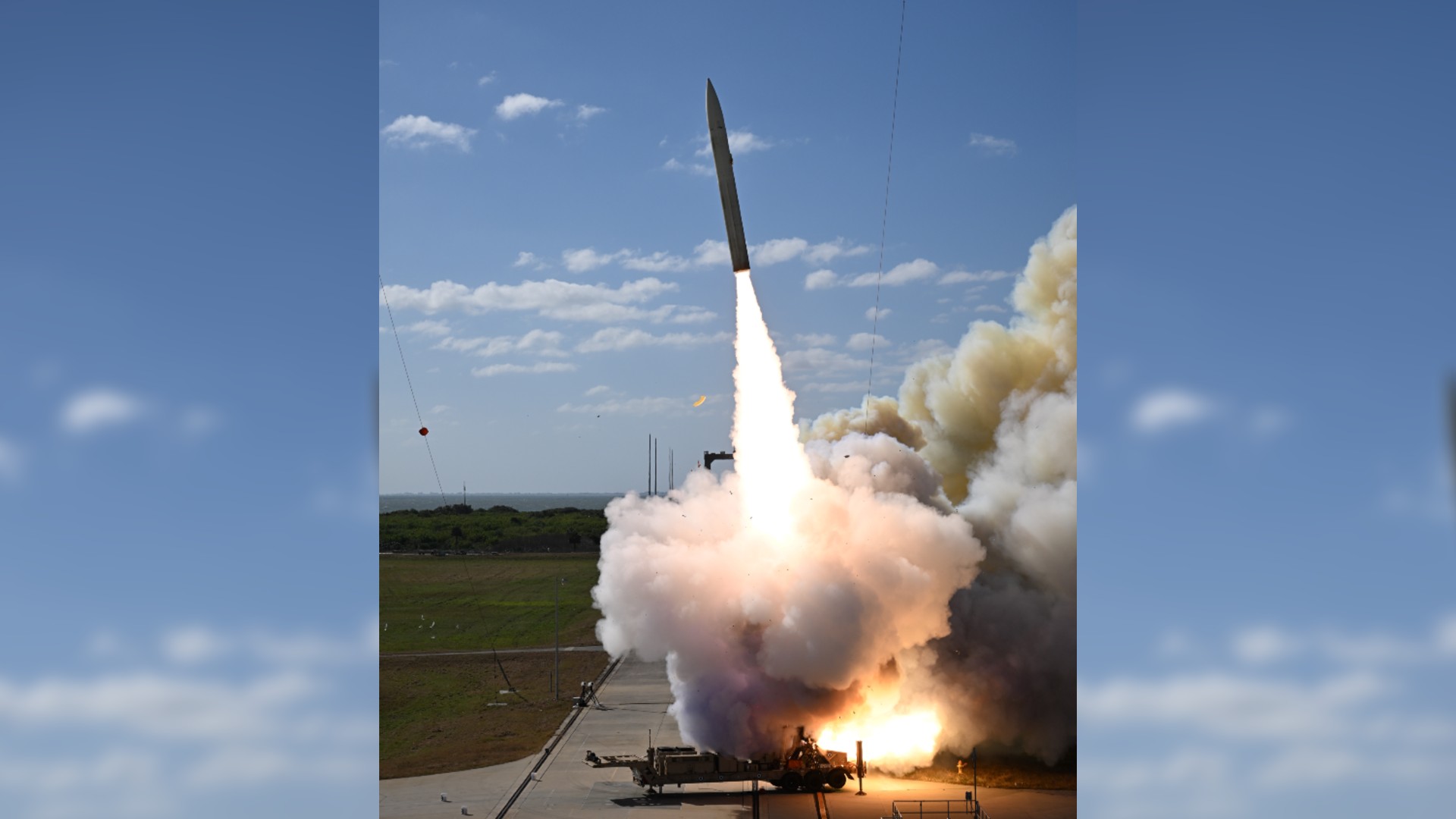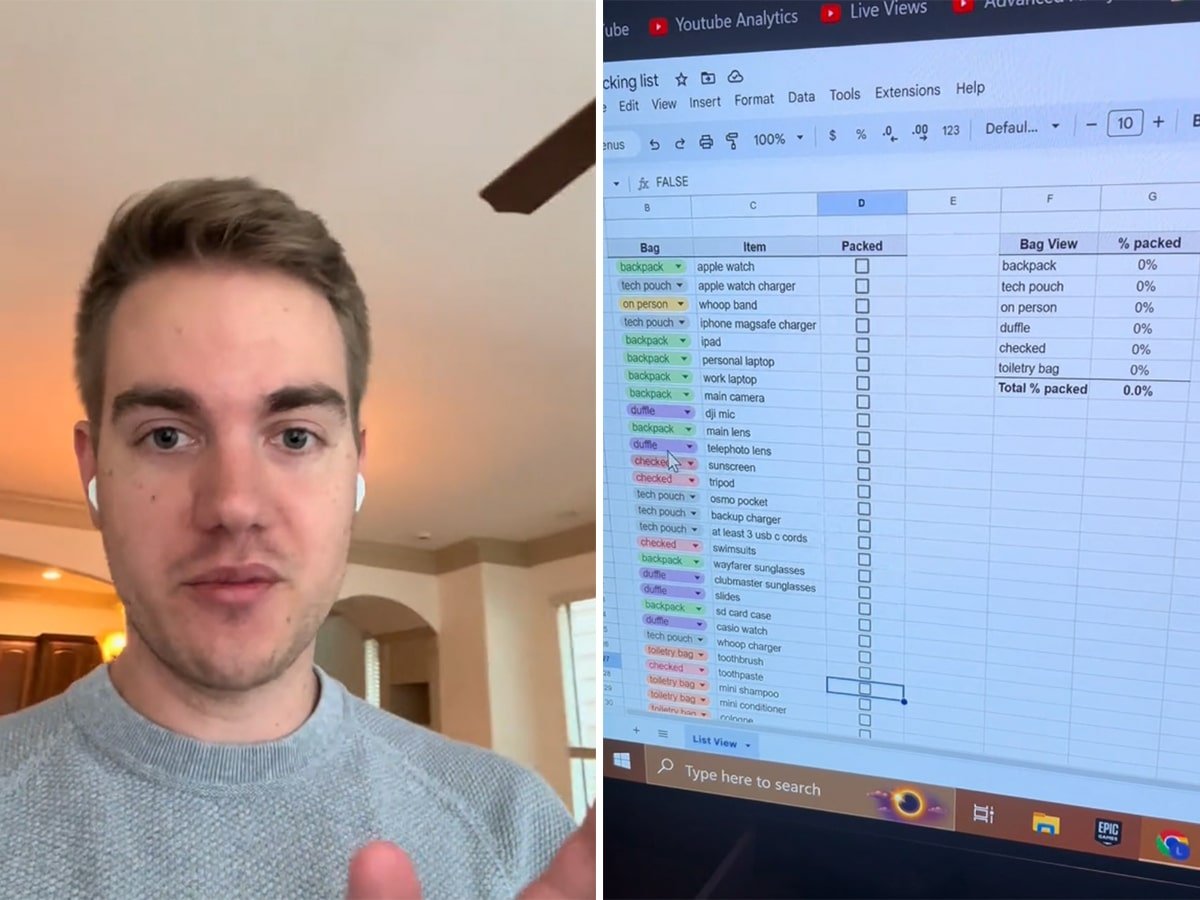Dollar collapse: The crisis is no longer just theoretical
The U.S. dollar has weakened despite the imposition of tariffs by the Trump administration, as investors seek safer assets and the euro, yen and gold have surged in response.

The standard textbook viewpoint implied that the imposition of tariffs by the U.S. would lead to a strengthening of the American dollar against the currencies of its major trading partners. Since tariffs make imports more expensive, they can potentially reduce the volume of imports and thus create less demand for foreign currencies to pay for them.
Tariffs can also lead to higher domestic prices and possibly generate an increase in short-term inflation expectations. Consequently, the Federal Reserve would be expected to maintain a tighter monetary policy relative to other major central banks, which is usually a dollar-positive outcome.
Furthermore, given the U.S. dollar’s status as a safe-haven currency, one would have expected that periods of heightened global uncertainty would generate a ‘flight-to-safety’ investment flow into Treasury securities and caused a strengthening of the world’s pre-eminent reserve currency.
Yet reality has turned out to be quite different. Since its recent peak in January, the widely followed DXY dollar index has fallen quickly to a three-year low. Even as President Trump’s chaotic tariff policy has raised the risk of a global trade war and generated a dramatic surge in global policy uncertainty and market volatility, the U.S. dollar has weakened.
For the first time in recent memory, the American dollar is not the automatic “flight-to-safety” currency, sought out by investors worldwide during crisis periods and in moments of acute uncertainty. Furthermore, foreign investors appear to be reappraising the role of U.S. Treasury securities as a global haven asset as concerns mount over the capricious and somewhat autocratic nature of Trump’s policymaking. Threats to academic freedom, rule of law and judicial independence, alongside fears of political interference curtailing the Fed’s ability to execute its price stability mandate, have left many wondering about the safety and solidity of Treasurys.
The U.S. exceptionalism narrative (involving both equity market and economic performance) has been quickly replaced by recession fears. The notion that tax cuts and deregulation under Trump 2.0 would turbocharge economic growth has now given way to concerns that chaotic and poorly thought-out trade policies and extreme levels of policy uncertainty could generate an economic downturn. While recession fears typically drive down yields, the threat of stagflation is making investors reluctant to pile into Treasurys.
Concerns about long-term U.S. fiscal sustainability may also be a factor. During fiscal 2024, the net interest payment on existing debt ($949 billion) actually exceeded defense spending ($826 billion). Treasury Secretary Scott Bessent, well-aware of the challenges posed by an increasingly unsustainable interest burden, appears to have convinced President Trump to focus on driving down long-term Treasury yields. The risk that financial repression (and elevated inflation) may be utilized to reduce the historically high level of debt-to-GDP ratio should cause investors to seek out a higher term premium.
The rising transatlantic gap in benchmark yields between U.S. Treasury securities and German Bunds (the benchmark Eurozone asset) is one manifestation of the current fears over the Trump 2.0 agenda. The euro rose sharply against the dollar even as the yield spread between the two-year Treasury note and two-year German bund rose above 200-basis points, indicating a break in usual market dynamics and suggesting a capital flight away from the U.S. and towards Europe. The Japanese yen has also gained against the dollar of late as overseas investors clamor for the safety of Japanese Government Bonds.
Even as the dollar and Treasurys appear to have lost some of their cache as safe havens, gold prices have surged to record highs — crossing the $3,500 an ounce mark for the first time ever. Such developments raise a key question: Are the convulsions shaking the forex and Treasury markets a temporary aberration or do they portend fundamental risks to the dollar-centric global monetary order?
Since the demise of the Bretton Woods Arrangement in the early 1970s, the U.S. dollar has shown a propensity to go through multiyear up and down cycles, with extended periods of strength followed by prolonged periods of weakness. It is possible that we are at the beginning of a new dollar downcycle and that ongoing shifts are part of a mean reversion trend.
Many believe that inertial advantages (resulting from network effects) enjoyed by the incumbent reserve currency will be hard to overcome. However, history suggests that it is not impossible. Economic research indicates that the U.S. dollar replaced the British sterling as the key international currency earlier than commonly believed and financial deepening played a key role in the greenback’s ascendancy in the 1920s and 1930s.
If the Eurozone expands issuance of common euro-denominated bonds and if China moves towards true capital account convertibility and boosts international access to its financial markets, a shift away from a unipolar to a multipolar international monetary system will become a reality in the not-too-distant future. BRICS, an association of major emerging economies, along with other rising economies want a greater say in global economic affairs, and many also want to free themselves from the constraints imposed by the global dollar cycle.
To preserve dollar’s global status, economic historian Barry Eichengreen notes that Trump “should be promoting financial stability, limiting the use of tariffs, and strengthening America's geopolitical alliances.”
Instead, the Trump administration is playing a dangerous game as it actively tries to weaken the dollar. Incoherent tariff policies and geopolitical misfires may hasten a global financial realignment and threaten America’s financial primacy. As the greenback appears vulnerable, risk of a dollar crisis needs to be taken seriously by financial market participants.
Vivekanand Jayakumar, Ph.D., is an associate professor of economics at the University of Tampa.
















_Vladimir_Stanisic_Alamy.jpg?width=1280&auto=webp&quality=80&disable=upscale#)






















































